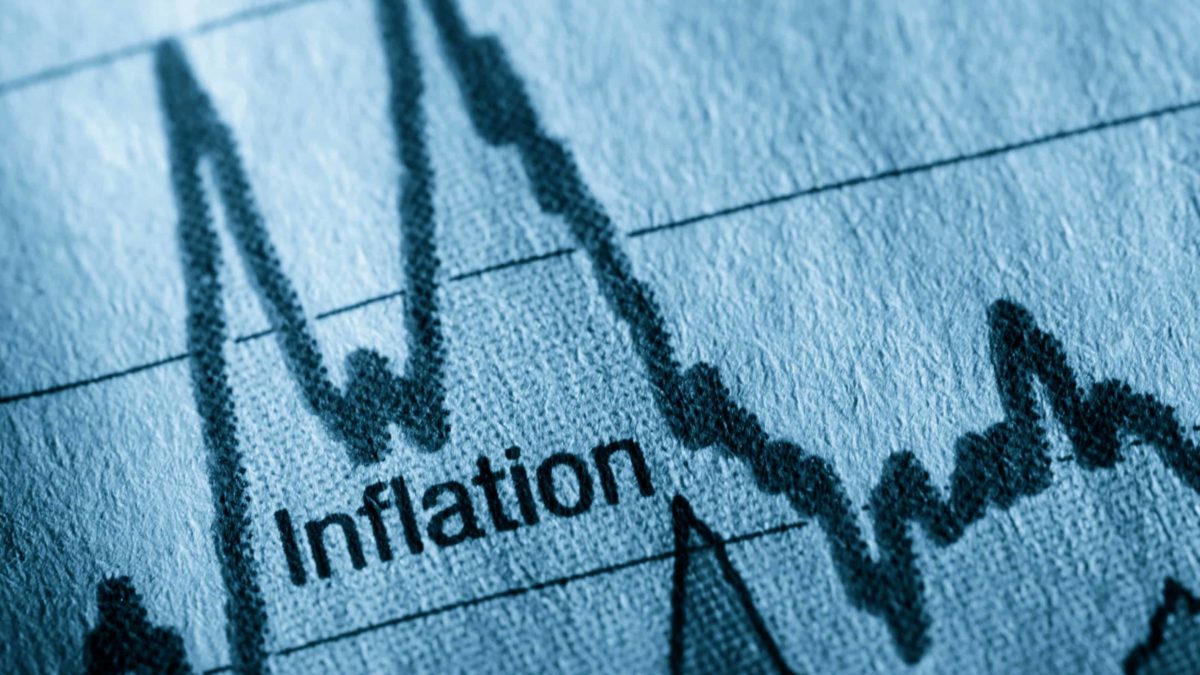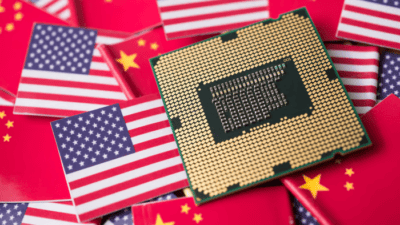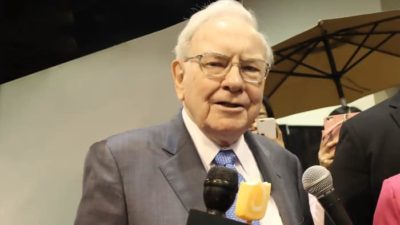This article was originally published on Fool.com. All figures quoted in US dollars unless otherwise stated.
The stock market initially reacted as one might have expected after the Consumer Price Index rose more than projected in September, with market benchmarks opening sharply lower. However, investors somehow found a silver lining in the numbers, and by the end of the day, the S&P 500 (SNPINDEX: ^GSPC) and Dow Jones Industrial Average (DJINDICES: ^DJI) were up between 2.5% and 3%, while the Nasdaq Composite (NASDAQINDEX: ^IXIC) settled for a slightly smaller rise.
| Index | Daily Percentage Change | Daily Point Change |
|---|---|---|
| Dow | +2.83% | +828 |
| S&P 500 | +2.60% | +93 |
| Nasdaq | +2.23% | +232 |
Data source: Yahoo! Finance.
The turnaround came as a surprise to many investors, who figured that news that inflation was stronger and more persistent than originally believed might lead to further losses. A closer look at the inflation report seems to confirm the potential negative effects on the broader economy, but that still leaves the simple fact that one-day moves in the market are highly unpredictable. Below, you can learn more about the factors affecting the financial markets on Thursday and what they mean going forward.
Inflation stays high
The Consumer Price Index rose 0.4% in September, bringing its year-over-year rise to 8.2%. The monthly number was higher than expected, although the year-over-year figure was down slightly from where it was as of August.
Although the 0.4% rise was less than the CPI has experienced in several months earlier this year, many market participants were surprised because the number included a sizable downward effect from falling energy prices. The CPI's energy subindex fell 2.1%, with even larger drops in gasoline prices getting offset in part by more expensive natural gas and electricity costs.
The main problem came from other key items. The food index, which is also volatile, continued its recent ascent, climbing 0.8% from August to September. That brought year-over-year food price increases to 11.2%, with food for home use seeing an even steeper 13% rise in prices.
Meanwhile, the core CPI, which excludes both food and energy, was up 0.6% for the month and 6.6% from where it was a year ago. Sizable gains in costs of transportation and medical care services were most notable, as was the 0.7% rise in shelter costs. Used car prices declined, but new vehicle prices kept rising to move up 9.4% from where they were 12 months ago.
A counterintuitive rise
Given ongoing inflationary pressures, it'd be natural to expect the stock market to keep dropping. But in evaluating a one-day move, it's important to understand that there are always multiple factors in play that can lead to counterintuitive results.
One thing to remember is that stock markets had already seen huge declines over the past month and a half, which arguably indicates that investors were prepared for inflation not to calm down the way some had hoped. After a beginning-of-month rally that tried to regain some lost ground from a terrible September, the S&P 500 finished Wednesday slightly below where it had started the month. Coming on the heels of a more than 9% drop the previous month, a daily rise of nearly 3% still means that the large-cap index is down more than 7% from where it finished the month of August.
In addition, stocks have tracked bond market movements fairly closely, and bond investors seemed more comfortable with the high inflation report than one would have expected. After spiking above 4%, the 10-year Treasury finished the day yielding less than 3.95%, up just four-hundredths of a percentage point.
Today's big jump doesn't mean that the bear market is guaranteed to be over, and short-term movements could carry stocks lower in the days and weeks to come. Yet it does serve as a key reminder that markets won't behave the way you necessarily expect in the short run, and you can often find yourself drawing the wrong conclusion even when news events work out the way you expect.
This article was originally published on Fool.com. All figures quoted in US dollars unless otherwise stated.









